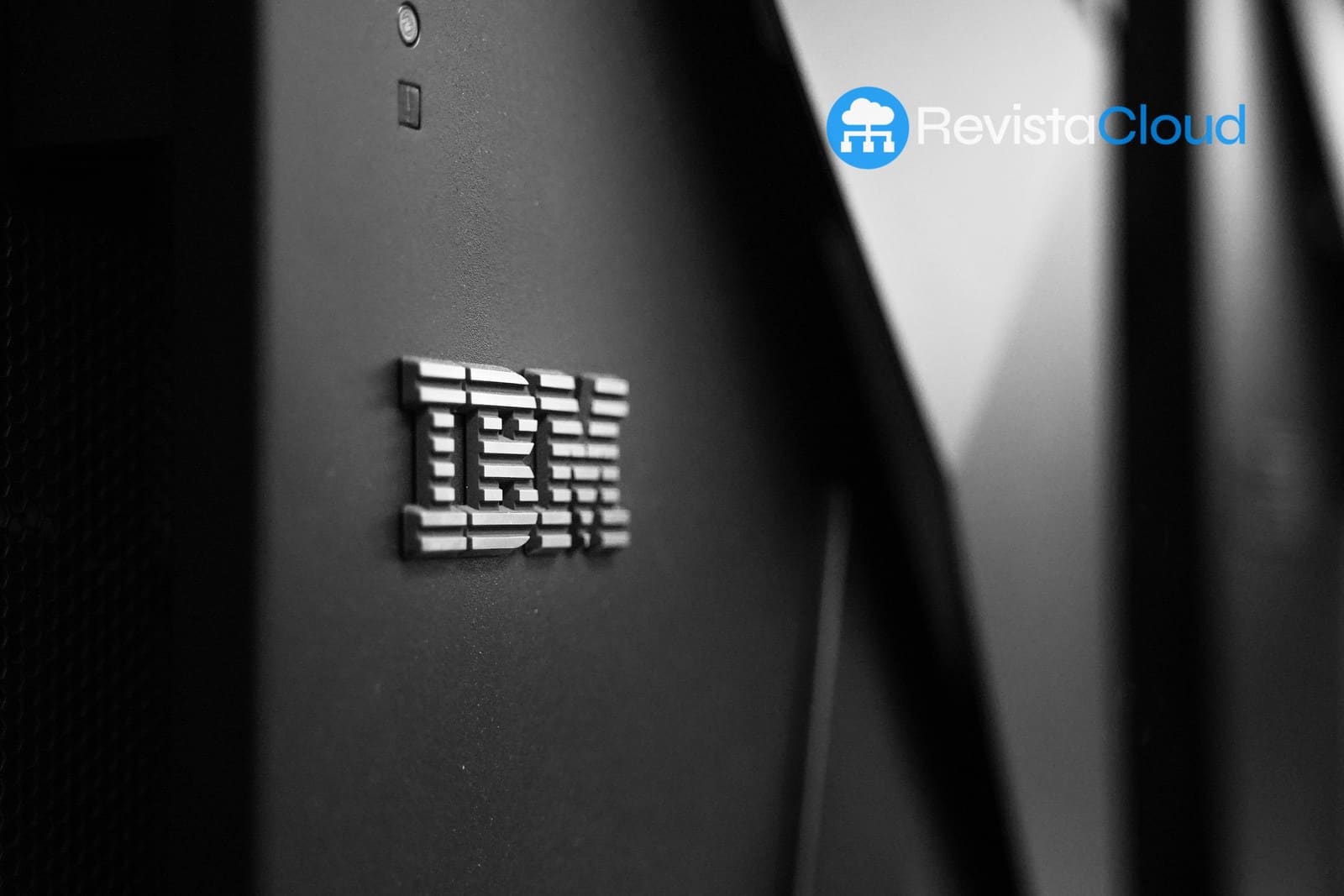The automation of processes through artificial intelligence has not eliminated jobs at IBM; it has transformed them. The company has reduced administrative staff but has reinforced its workforce with technical and commercial profiles to maintain its new work architecture.
What started as a drastic move to embrace artificial intelligence turned out to be more of a shift in roles than a net reduction. IBM, one of the most established tech companies in the sector, laid off about 7,800 employees in 2023, arguing that AI could replace 30% of its current workforce. However, just two years later, the company has not only regained that number of employees but has also expanded its team due to AI.
This was explained by IBM’s CEO, Arvind Krishna, in an interview with the Wall Street Journal: “Although we have automated many business processes with AI, our workforce has grown. This has allowed us to invest in new areas and hire more talent.”
AskHR: The Chatbot that Revolutionized HR
One of the engines of this change has been AskHR, an internal AI solution that now manages 94% of human resources tasks within the company. This platform started as a trial chatbot in 2017 and has evolved to allow promotions, transfers, and vacation management, handling more than 11.5 million interactions in 2024. Only 6% of inquiries needed human intervention.
This level of automation, according to IBM, has resulted in a savings of over $3.5 billion and has allowed reinvestment in areas such as sales, engineering, and development of AI-based products.
From Reducing Staff… to Hiring Programmers
The paradox is clear: IBM cut administrative and support staff but hired new specialized profiles, such as developers, AI architects, and sales personnel. Although the company has not disclosed the exact number of new hires, internal figures indicate net employee growth since the restructuring.
This phenomenon is not exclusive to IBM. Companies such as Duolingo, some fintech startups, and customer service platforms have implemented reductions of up to 90% of their human staff, replacing them with chatbots. However, in several cases, the need for supervision, maintenance, and improvement of these solutions has ultimately created new job opportunities in other areas.
Destruction or Transformation of Jobs?
The report The Future of Jobs Report 2025 from the World Economic Forum estimates that automation will destroy up to 92 million jobs worldwide by 2030. At the same time, it is expected that another 69 million new positions will be created in emerging sectors related to artificial intelligence, data analytics, software development, and cybersecurity.
IBM’s experience seems to foreshadow this new labor market model, where AI does not eliminate work but forces it to be redesigned. Repetitive and administrative tasks are automated; new priorities demand more skilled and strategic profiles.
An Inevitable Transition
On its official website, IBM defines itself as an “AI-first” company and proudly showcases the advancements of AskHR. Among its achievements is the reduction of the time needed for internal processes by 75%, and a satisfaction score (NPS) that has risen from -35 to +74 points in just a few years.
For Krishna, this evolution demonstrates that well-applied artificial intelligence improves efficiency without sacrificing human talent: “We’ve learned that it’s not about replacing people, but reallocating them where they add more value.”
Conclusion
IBM’s story reflects what lies ahead for many organizations: a silent reconversion of employment, where AI becomes a driving force for change, and the challenge is no longer to avoid automation, but to adapt to it. The question is no longer whether AI will affect work, but how it will transform it — and who will be ready to take advantage of it.

